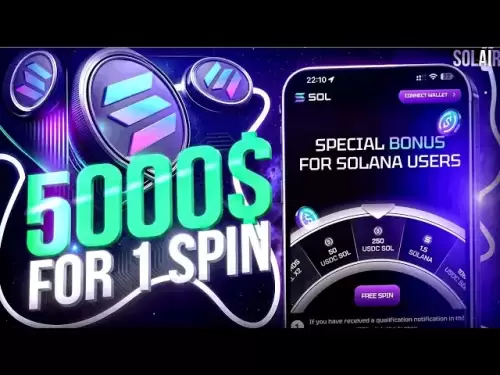-
 Bitcoin
Bitcoin $119,161.9671
1.52% -
 Ethereum
Ethereum $2,995.0722
2.34% -
 XRP
XRP $2.8555
5.32% -
 Tether USDt
Tether USDt $1.0002
0.00% -
 BNB
BNB $692.9308
1.48% -
 Solana
Solana $162.9611
1.87% -
 USDC
USDC $0.9999
0.00% -
 Dogecoin
Dogecoin $0.2014
2.84% -
 TRON
TRON $0.3032
0.90% -
 Cardano
Cardano $0.7464
6.51% -
 Hyperliquid
Hyperliquid $49.1533
5.71% -
 Stellar
Stellar $0.4773
24.77% -
 Sui
Sui $3.4979
3.93% -
 Chainlink
Chainlink $15.8552
6.01% -
 Hedera
Hedera $0.2401
23.85% -
 Bitcoin Cash
Bitcoin Cash $510.0474
0.97% -
 Avalanche
Avalanche $21.5550
4.82% -
 UNUS SED LEO
UNUS SED LEO $9.0389
-0.47% -
 Shiba Inu
Shiba Inu $0.0...01340
2.27% -
 Toncoin
Toncoin $2.9910
0.62% -
 Litecoin
Litecoin $96.4406
4.34% -
 Polkadot
Polkadot $4.0359
4.59% -
 Monero
Monero $338.4759
2.80% -
 Uniswap
Uniswap $8.6460
4.01% -
 Dai
Dai $0.9999
0.00% -
 Ethena USDe
Ethena USDe $1.0007
0.03% -
 Pepe
Pepe $0.0...01254
3.26% -
 Bitget Token
Bitget Token $4.3969
0.79% -
 Aave
Aave $312.2641
3.98% -
 Bittensor
Bittensor $397.0731
4.17%
How do smart contracts on Avalanche (AVAX) work?
Avalanche's C-Chain enables fast, low-cost, EVM-compatible smart contracts with sub-second finality and seamless Ethereum integration.
Jul 14, 2025 at 04:29 am
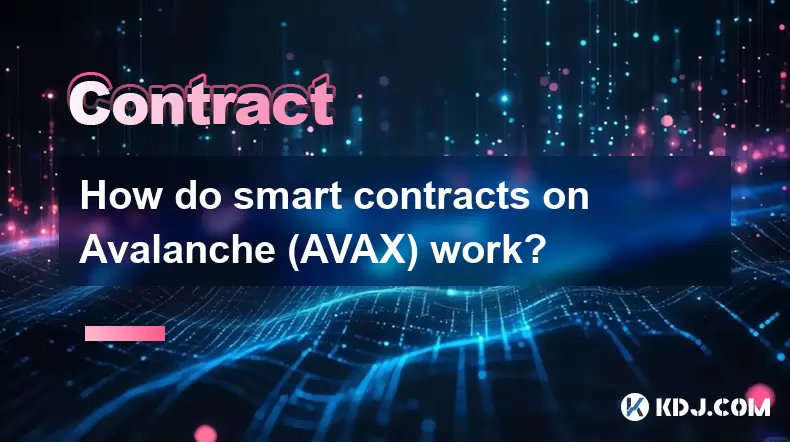
What Are Smart Contracts?
Smart contracts are self-executing agreements with the terms of the contract directly written into code. These contracts automatically execute actions when predetermined conditions are met, eliminating the need for intermediaries and increasing efficiency. In the context of Avalanche (AVAX), smart contracts operate on a high-performance blockchain platform designed to support decentralized applications (dApps) and custom blockchain networks.
Avalanche’s architecture is unique in that it consists of multiple blockchains — the Exchange Chain (X-Chain), Contract Chain (C-Chain), and Platform Chain (P-Chain). The C-Chain specifically supports Ethereum Virtual Machine (EVM)-compatible smart contracts, allowing developers to deploy Ethereum-based dApps seamlessly onto Avalanche.
How Does Avalanche Support Smart Contracts?
Avalanche achieves smart contract functionality through its C-Chain, which functions similarly to Ethereum’s mainnet but with significantly faster transaction finality and lower fees. Developers can write smart contracts using Solidity, the same programming language used for Ethereum, making migration between the two platforms straightforward.
One of the standout features of Avalanche's smart contract environment is its sub-second finality, meaning transactions are confirmed almost instantly. This speed is made possible by Avalanche’s consensus mechanism, which uses a novel approach known as Directed Acyclic Graph (DAG) principles combined with classical consensus theory.
Deploying a Smart Contract on Avalanche
Deploying a smart contract on Avalanche involves several steps:
- Setting up a development environment: Install tools such as Remix IDE, Truffle, or Hardhat.
- Configuring a wallet: Use MetaMask and add the Avalanche network via RPC endpoints.
- Writing the contract: Use Solidity to define functions, variables, and logic.
- Compiling the contract: Ensure there are no syntax errors using compilers like solc.
- Deploying to Avalanche testnet/mainnet: Use tools like Truffle migrations or Remix deployment interface.
- Interacting with the contract: Call functions using MetaMask or programmatically via web3.js or ethers.js.
Each step must be executed carefully to avoid vulnerabilities and ensure the contract behaves as intended.
Interacting With Smart Contracts on Avalanche
Once deployed, users can interact with smart contracts through wallets or dApps. For example, if a DeFi protocol has been built on Avalanche, users can connect their MetaMask wallet to the platform and invoke contract functions like depositing funds or claiming rewards.
Developers can also use block explorers such as SnowTrace to verify contract interactions, check transaction statuses, and debug issues. Additionally, event logs emitted by the contract during execution provide valuable insights into function calls and state changes.
It’s crucial to note that all interactions cost AVAX gas fees, though these are typically much lower than those on Ethereum due to Avalanche’s efficient consensus mechanism and scalable architecture.
Security Considerations for Smart Contracts on Avalanche
Security is paramount when dealing with smart contracts. Because these programs handle real assets and often large sums of money, any vulnerability can lead to significant losses. Developers should follow best practices such as:
- Auditing code thoroughly before deployment.
- Using well-established libraries like OpenZeppelin for common functionalities.
- Testing extensively on testnets before launching on mainnet.
- Implementing upgradeable contract patterns where necessary.
- Monitoring deployed contracts for unusual activity.
Avalanche also benefits from the broader Ethereum ecosystem's security advancements since it supports EVM-compatible contracts. However, developers should remain vigilant and not assume that Ethereum-tested contracts are inherently safe on Avalanche without proper testing and adaptation.
Frequently Asked Questions
What is the difference between Avalanche’s C-Chain and Ethereum’s mainnet?
While both support EVM-compatible smart contracts, Avalanche’s C-Chain offers faster transaction finality (under one second) and significantly lower gas fees compared to Ethereum. Additionally, Avalanche allows for the creation of custom subnets, enabling enterprises and developers to build private or semi-private blockchains tailored to specific use cases.
Can I migrate an Ethereum smart contract to Avalanche easily?
Yes. Since Avalanche’s C-Chain is fully EVM-compatible, most Ethereum smart contracts can be migrated with minimal modifications. You only need to change the network configuration in your development tools and wallet to point to Avalanche’s RPC endpoints.
How do gas fees work on Avalanche?
Gas fees on Avalanche are paid in AVAX and are generally much lower than on Ethereum. The fee structure dynamically adjusts based on network congestion, but due to Avalanche’s high throughput and low latency, fees remain stable and predictable under normal conditions.
Are there tools available for debugging smart contracts on Avalanche?
Yes. Developers can use familiar Ethereum tools such as Remix, Truffle, Hardhat, and Foundry for development and debugging. Additionally, SnowTrace provides detailed transaction tracing and contract verification features to help identify issues post-deployment.
Disclaimer:info@kdj.com
The information provided is not trading advice. kdj.com does not assume any responsibility for any investments made based on the information provided in this article. Cryptocurrencies are highly volatile and it is highly recommended that you invest with caution after thorough research!
If you believe that the content used on this website infringes your copyright, please contact us immediately (info@kdj.com) and we will delete it promptly.
- PENGU Meme Coin Rally: Eyeing New Targets Amid Crypto Market Surge
- 2025-07-14 11:10:13
- VeChain, Render, and Near Protocol: Riding the Crypto Wave in 2025
- 2025-07-14 10:30:12
- Binance, Bitcoin, Prediction: Decoding the Crypto Crystal Ball
- 2025-07-14 10:30:12
- Bitcoin Adoption, Cryptocurrency, Smarter Alternative: What's the Hype?
- 2025-07-14 11:10:13
- MoonPay, Ethereum, and Scams: Navigating the Crypto Landscape
- 2025-07-14 09:40:12
- Czech National Bank Bets on Crypto: A Deep Dive into Their Coinbase Shares Purchase
- 2025-07-14 09:40:12
Related knowledge

Psychology of trading Bitcoin contracts
Jul 13,2025 at 02:50am
Understanding the Emotional Rollercoaster of Bitcoin Futures TradingBitcoin contract trading, especially in the form of futures, introduces a high lev...

Best time of day to trade Bitcoin contracts?
Jul 13,2025 at 05:29am
Understanding Bitcoin Contracts and Their VolatilityBitcoin contracts, particularly futures contracts, are derivative instruments that allow traders t...

How to use Fibonacci levels in Bitcoin contract trading?
Jul 13,2025 at 08:07am
Understanding Fibonacci Levels in TradingFibonacci levels are a technical analysis tool used by traders to identify potential support and resistance z...
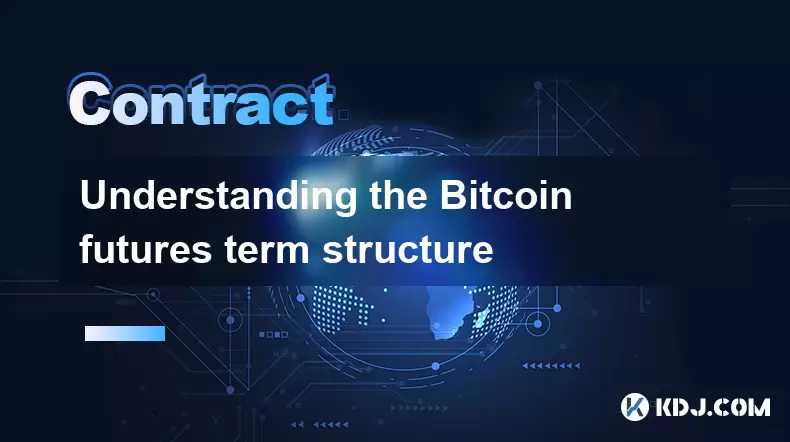
Understanding the Bitcoin futures term structure
Jul 13,2025 at 08:28am
What is Bitcoin Futures Term Structure?The Bitcoin futures term structure refers to the relationship between the prices of Bitcoin futures contracts w...
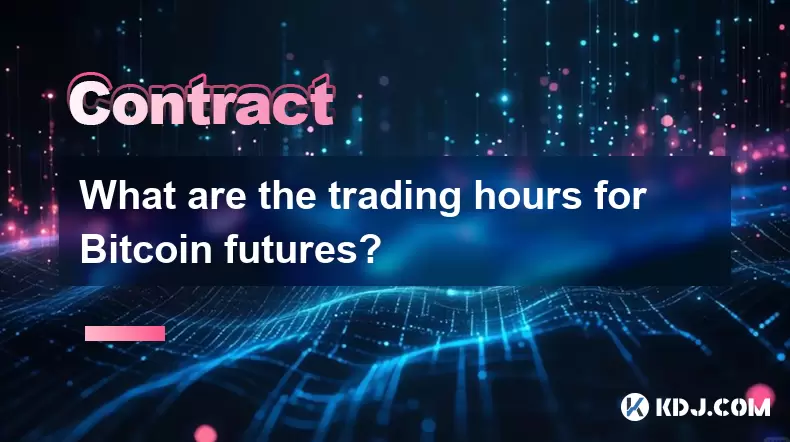
What are the trading hours for Bitcoin futures?
Jul 13,2025 at 12:14pm
Understanding Bitcoin Futures Trading HoursBitcoin futures are derivative contracts that allow traders to speculate on the future price of Bitcoin wit...
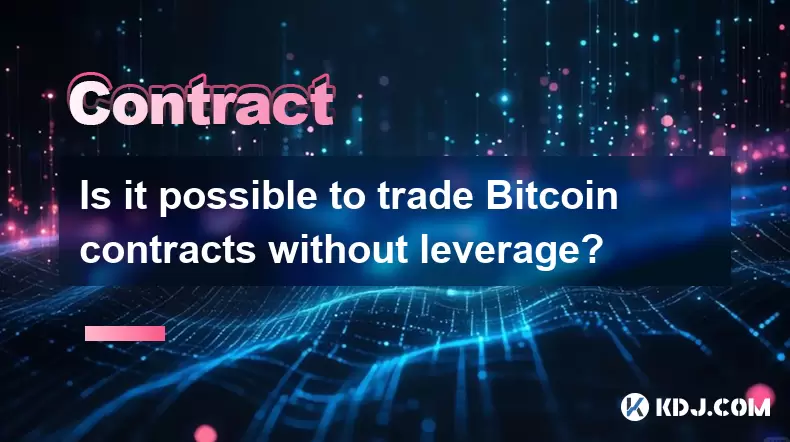
Is it possible to trade Bitcoin contracts without leverage?
Jul 14,2025 at 11:00am
Understanding Bitcoin ContractsBitcoin contracts, commonly referred to as Bitcoin futures contracts, are derivative financial instruments that allow t...

Psychology of trading Bitcoin contracts
Jul 13,2025 at 02:50am
Understanding the Emotional Rollercoaster of Bitcoin Futures TradingBitcoin contract trading, especially in the form of futures, introduces a high lev...

Best time of day to trade Bitcoin contracts?
Jul 13,2025 at 05:29am
Understanding Bitcoin Contracts and Their VolatilityBitcoin contracts, particularly futures contracts, are derivative instruments that allow traders t...

How to use Fibonacci levels in Bitcoin contract trading?
Jul 13,2025 at 08:07am
Understanding Fibonacci Levels in TradingFibonacci levels are a technical analysis tool used by traders to identify potential support and resistance z...

Understanding the Bitcoin futures term structure
Jul 13,2025 at 08:28am
What is Bitcoin Futures Term Structure?The Bitcoin futures term structure refers to the relationship between the prices of Bitcoin futures contracts w...

What are the trading hours for Bitcoin futures?
Jul 13,2025 at 12:14pm
Understanding Bitcoin Futures Trading HoursBitcoin futures are derivative contracts that allow traders to speculate on the future price of Bitcoin wit...

Is it possible to trade Bitcoin contracts without leverage?
Jul 14,2025 at 11:00am
Understanding Bitcoin ContractsBitcoin contracts, commonly referred to as Bitcoin futures contracts, are derivative financial instruments that allow t...
See all articles























